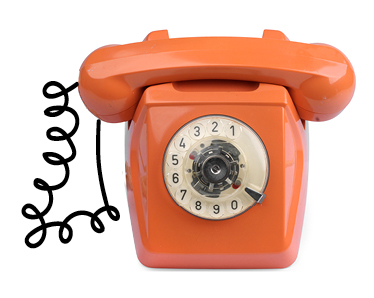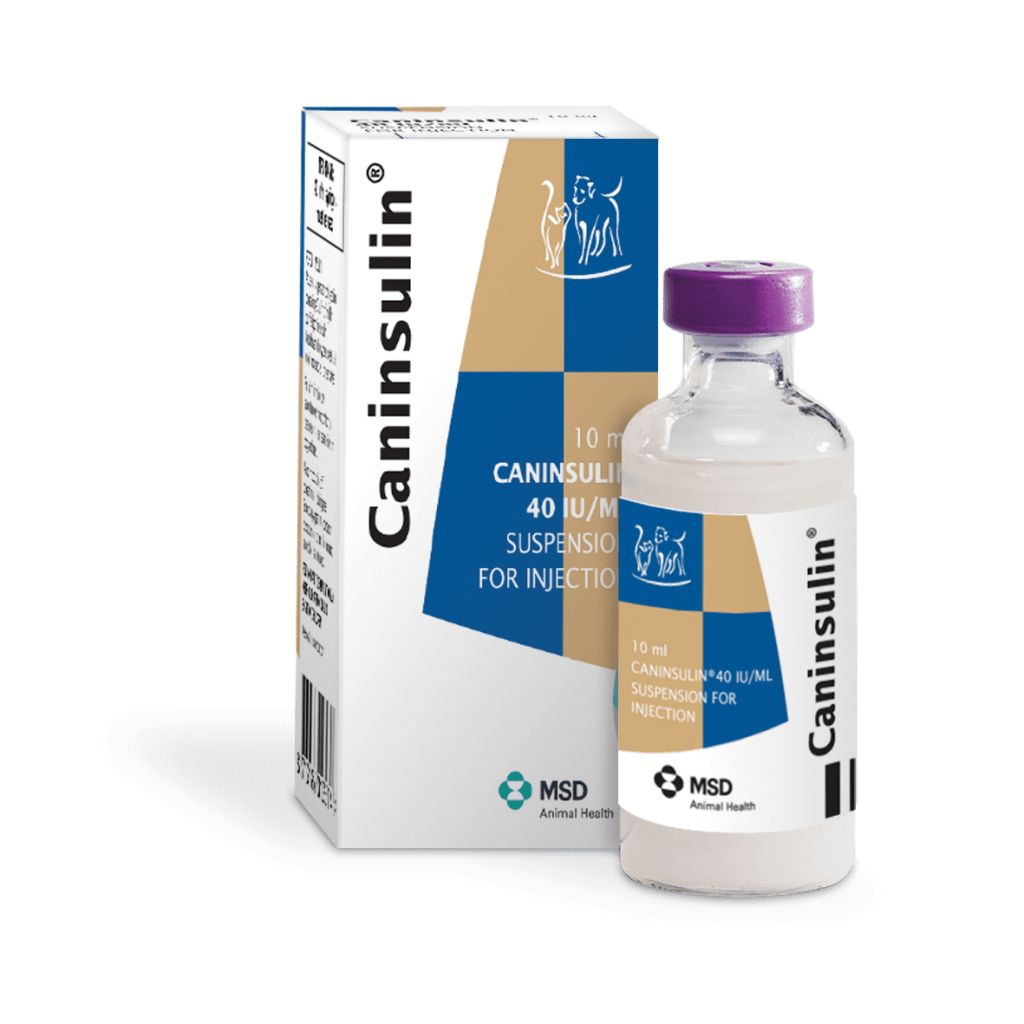What is diabetes?
Diabetes is a disease that affects how your pet regulates blood sugar. If left untreated the disease can be life threatening. The good news is that the disease can be managed in the majority of cases and diabetic dogs can continue to live happy lives.
Diabetes is caused by a lack of the hormone insulin. Insulin is a hormone which keeps the blood sugar at the right level. When there isn’t enough insulin in the body, sugars build up in the blood and cause the signs described below.
Why does my dog have diabetes?
Most dogs have Type 1 diabetes which is caused by diseases of the pancreas (e.g. pancreatitis or immune mediated diseases). A smaller percentage of dogs have Type 2 diabetes which can be caused by obesity. Diabetes is most commonly seen in middle aged dogs as well as female dogs which haven’t been neutered, because of their higher hormone level.
What are the signs of diabetes?
- Drinking more
- Urinating more – urine might be strong smelling
- Eating more
- Weight loss
- Tiredness
- If left untreated diabetes can cause;
- Cataracts which can progress to blindness
- Muscle weakness
- Ketoacidosis – a severe complication of diabetes. Dogs will stop eating, vomit and lose consciousness. This can be fatal.
Can diabetes be treated?
Yes!Diabetes can be treated with regular insulin injections which dogs will need for the rest of their lives. Your dog will need to have the injections twice a day.
Your dog will also need to be on a strict diet and have consistent exercise routines each day. This is a very important part of keeping their blood sugars controlled.
Checklist for diabetes management:
- Insulin injections every 12 hours under the skin, given just after a meal. It is very important that the insulin dose given isn’t changed without instruction to do so from your vet. Your vet will show you how to give your dog insulin using a syringe.
If your dog refuses its food once, don’t give any insulin. If your dog refuses food when offered a second time later on, contact your vets as it might be a sign they’re unwell. - Diet – Feed the same amount of food twice daily, at the same time as giving the insulin injections. Weigh your dog’s food out to make sure they are always getting the same amount. No treats should be given outside of their 2 main mealtimes. Specially formulated foods for diabetic dogs are recommended because they don’t cause sudden spikes in blood sugar.
- Water – Make sure your dog always has access to water.
- Exercise – Regular exercise is important for weight control. The amount of exercise your dog has should be roughly the same every day. For example, going for a much longer walk on the weekend is not advised because your dog’s blood sugar might get too low. Keep a sugary treat in your pocket on longer walks in case they develop signs of low blood sugar.
How quickly does the treatment work? Will my dog have to have regular monitoring at the vets?
Don’t expect a quick fix! It can take time to regulate the blood sugar in some diabetic dogs. Some dogs will need regular blood glucose tests and check-ups for several weeks before finding the right insulin dose for them.
Monitoring may be done once or twice weekly initially. Once your dog’s blood glucose starts to stabilise, the time between check-ups can be gradually increased.
At each check-up, your vet will test your dog’s blood sugars using a blood test which is very quick. Your vet will also ask you about your dog’s drinking, urination, appetite and energy levels so it is important to monitor these at home.
What complications should I be aware of?
Low blood sugar – symptoms come on suddenly. They include confusion, tremors, seizures/fits and loss of consciousness. If you notice these signs starting in your dog immediately give your dog some sugar. If they are awake, offer them some food or treats. If they don’t eat voluntarily put some sugar either in a lump or dissolved in water, directly into their mouth. Call your vet straight away if the symptoms continue.
High blood sugar and ketoacidosis – gradual onset weakness, not eating, vomiting, lethargy and drinking and urinating a lot. Contact your vets if you notice these signs in your dog.
What is the long-term outlook?
Diabetes can be a very rewarding condition to manage. Most diabetic dogs have a good quality of life and quickly adjust to their new routines.


